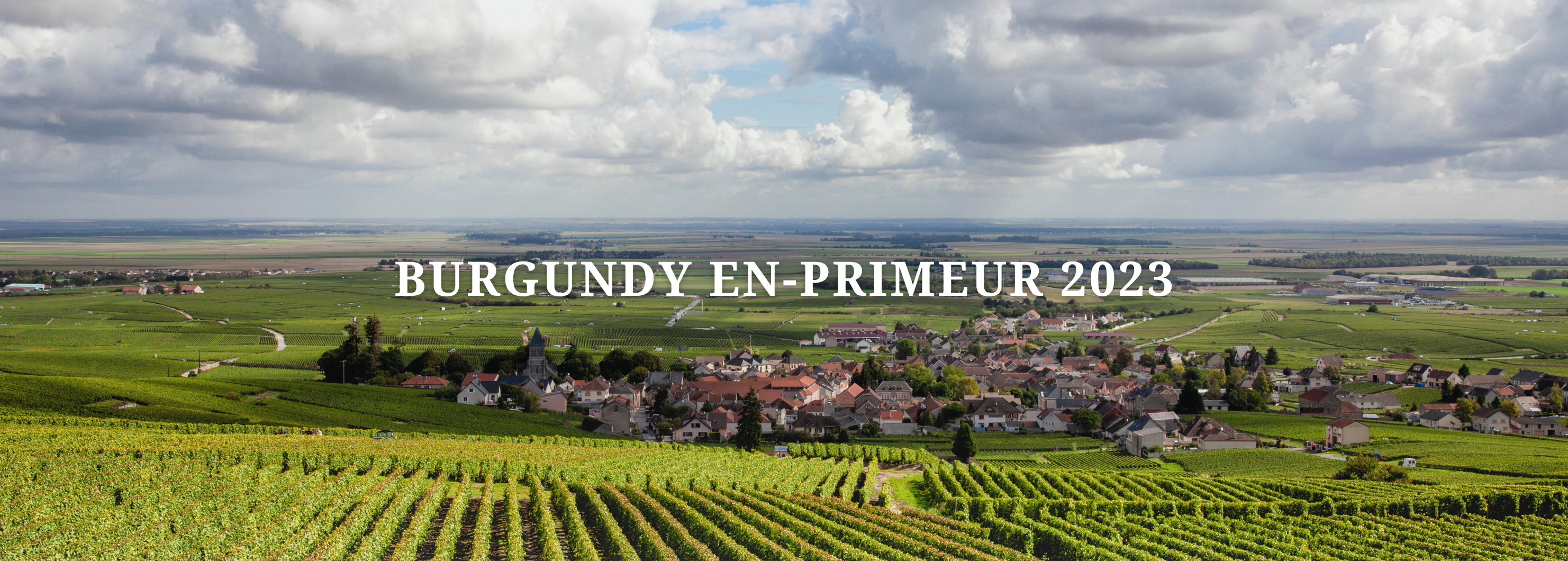THE 2023 VINTAGE
2023 is considered a hot vintage without showing a solar expression in the wines. There was more rain than in 2022 (June, August and September), less acidity and moderate alcohol favoring an elegant style. Per Marie-Christine Teillaud-Mugneret from Domaine Mugneret Gibourg, the vintage 2023 is “a Burgundy vintage”. It is also a year of volume, and as such, yield management was key.
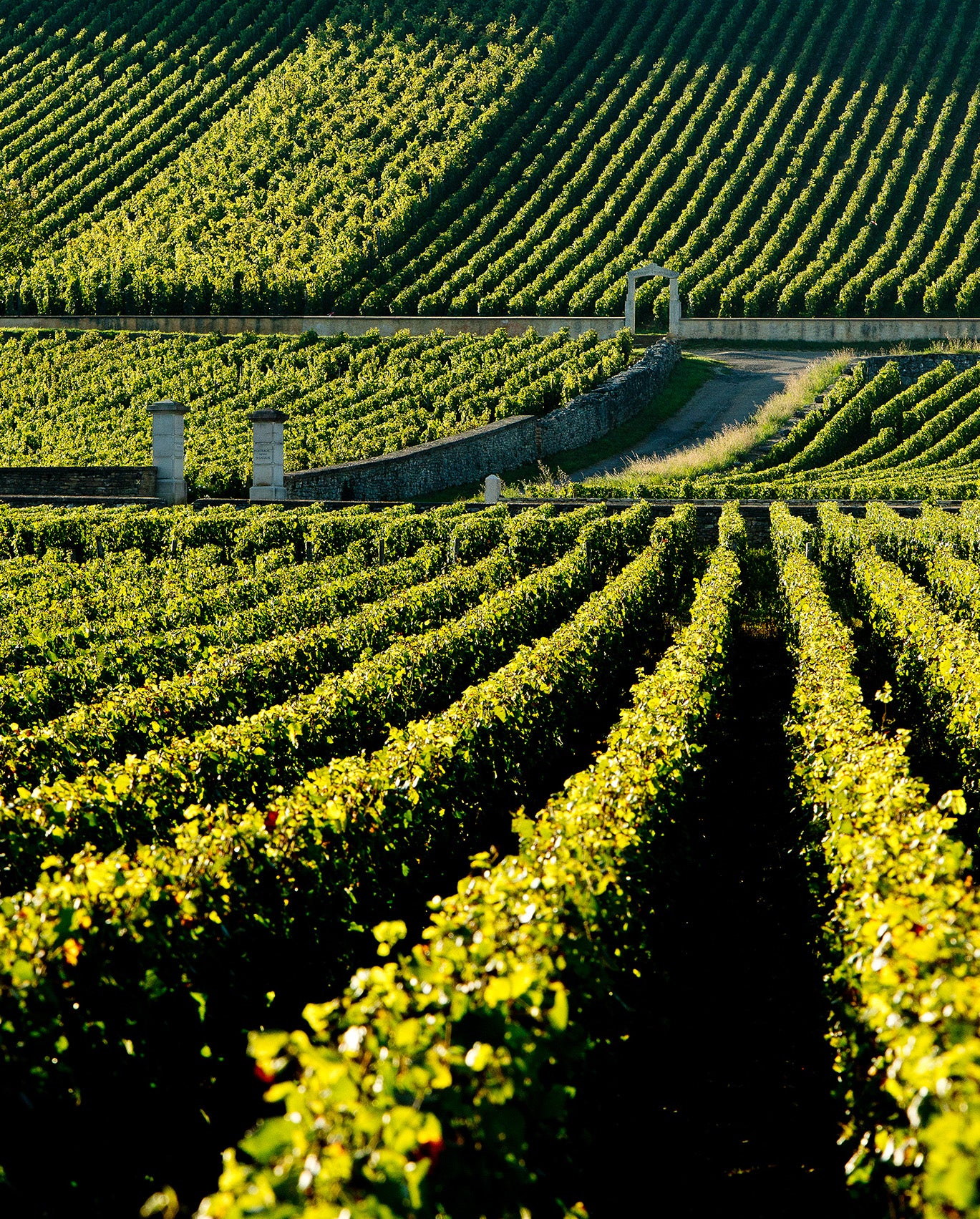
THE GROWING SEASON
The growing season went well and was generally uneventful, with a good balance between all elements.
A mild and dry winter accentuated the water deficit from 2022. It was followed by a mild to warm Spring. Budbreak for Chardonnay occurred in late March, early April for Pinot Noir, in cool conditions. With the rise of temperature and rain later that month, the vines grew extensively along with mildew pressure.
Flowering began end May until June 10th in warm and dry conditions. It went very well in overall allowing numerous and large bunches to bloom, Pinot Noir in particular (big compact bunches),
whereas some Chardonnay vines encountered an incomplete pollination with coulure resulting in wider spacing between grapes.
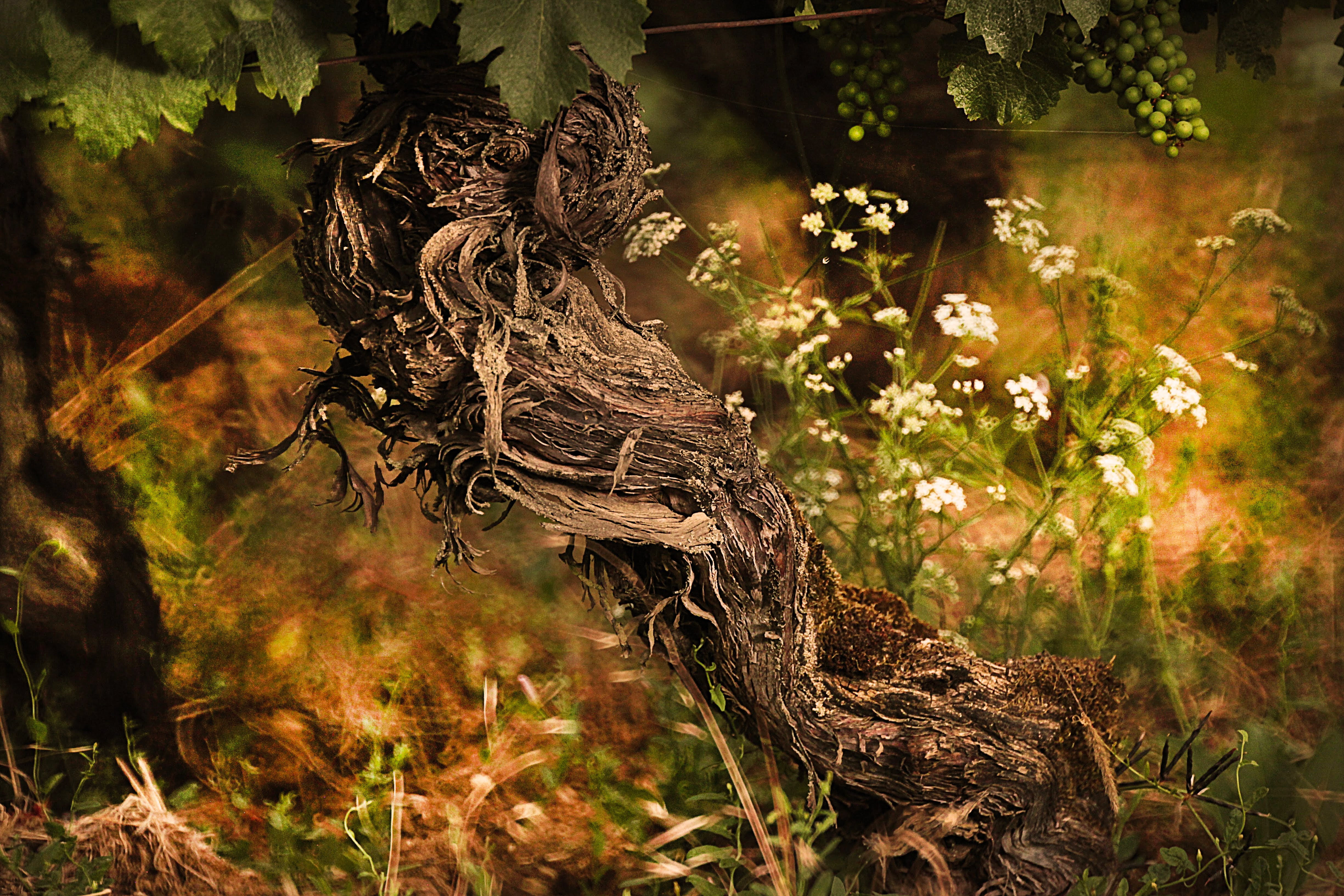
HOT SUMMER & GREEN HARVESTS
Temperatures were above seasonal norm in June and July with peaks at 38°C, accompanied by several showers and humidity. All along the Cote d’Or, vines bend under the weight of the grapes offering a beautiful, bucolic landscape. A violent storm arrived on July 11th and brought located hail in a few places like the Cote Chalonnaise (Rully) and Meursault, but it did not affect the final crop much.
Per William Kelley’s report on Burgundy 2023, «Growers adapted to nature’s abundance in different ways. Those habituated to pruning late and debudding hard always produce more moderate but more consistent yields from year to year. In 2023, these approaches were often complemented by green harvesting. That permitted producers to remove any touching bunches that might otherwise have succumbed to rot and, when performed late, to eliminate any bunches lagging in maturation».
Indeed, all practiced green harvests, some more severely than others. From the second half of July till early August, temperatures lowered a bit, there were even cool nights, and several showers. These conditions brought a bit of disease like acid rot and mildew.
Veraison continued.
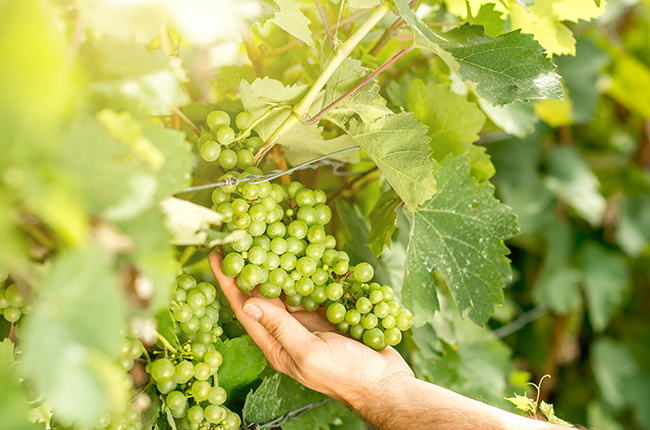
HARVESTS & THE HARD CHOICE OF PICKING DATE
In overall, phenolic ripeness was hard to reach and it was difficult to decide when to pick. A heat wave occurred end August. The heterogenous and slow ripening process was finally stimulated by much needed sunlight. It suddenly developed faster and grapes gained concentration but also sunburn. Chardonnays begun to be picked in these conditions. Lamy, Lafon, Leflaive, Pierre-Yves Colin-Morey were among the early birds. The heat wave happening the week of September 4th pushed many growers to start picking reds (and the remaining whites) around September 7th such as Bruno Clair, Jean-Pierre Guyon, Ballot-Millot. It also forced them to harvest only in mornings and to stop by 1pm to avoid suffering the afternoon 35°C. Many had to do interval picking which made harvests more lengthy than usual, also with the volume that winegrowers were no longer used to! Other domains like Roumier and Pousse d’Or waited for cooler days and did not start picking
before September 13th.
As one of the record years in volume (particularly in Cote de Nuits), 2023 allowed many domains to reach the maximum yields permitted. Lots of sorting was necessary (directly in the vineyard or at the sorting table) to dispose of grapes affected by diseases, sunburn but also unripe bunches.

WHAT ABOUT THE JUICE?
To quote Jasper Morris, “In red wine vinification, choices on the inclusion of stems were variable. Several producers who sometimes use them did not do so at all in 2023, either for reasons of space, or because they preferred not to for stylistic reasons, or because acidity levels were already low and the use of stems tends to increase pH readings.”
Many winemakers practiced ‘saignée’ (tank bleed) to help the wine gain in concentration. The aging process was often pushed so that the wine can spend a second winter in barrel in order to gain in tension and balance.
There are excellent wines from growers who practiced severe sorting and who managed to pick at the right moment with optimum phenolic ripeness. And we are blessed with many of these! After extensive tastings from our buying team, we find 2023 offering expressive, ripe wines, terroir-transparent with incredibly fresh fruit in both colors.
A very good to outstanding vintage for whites which are approachable, fruit-driven, quite full, yet keeping a fresh
sensation. Reds seem to be good to very good, lush, offering fluidity, ripeness without excess, with polyphenols bringing color and soft tannins. According to William Kelley, “the 2023 red Burgundies exhibit a wide range of styles, but the best producers have crafted velvety, fleshy wines that are suave and sensual.”
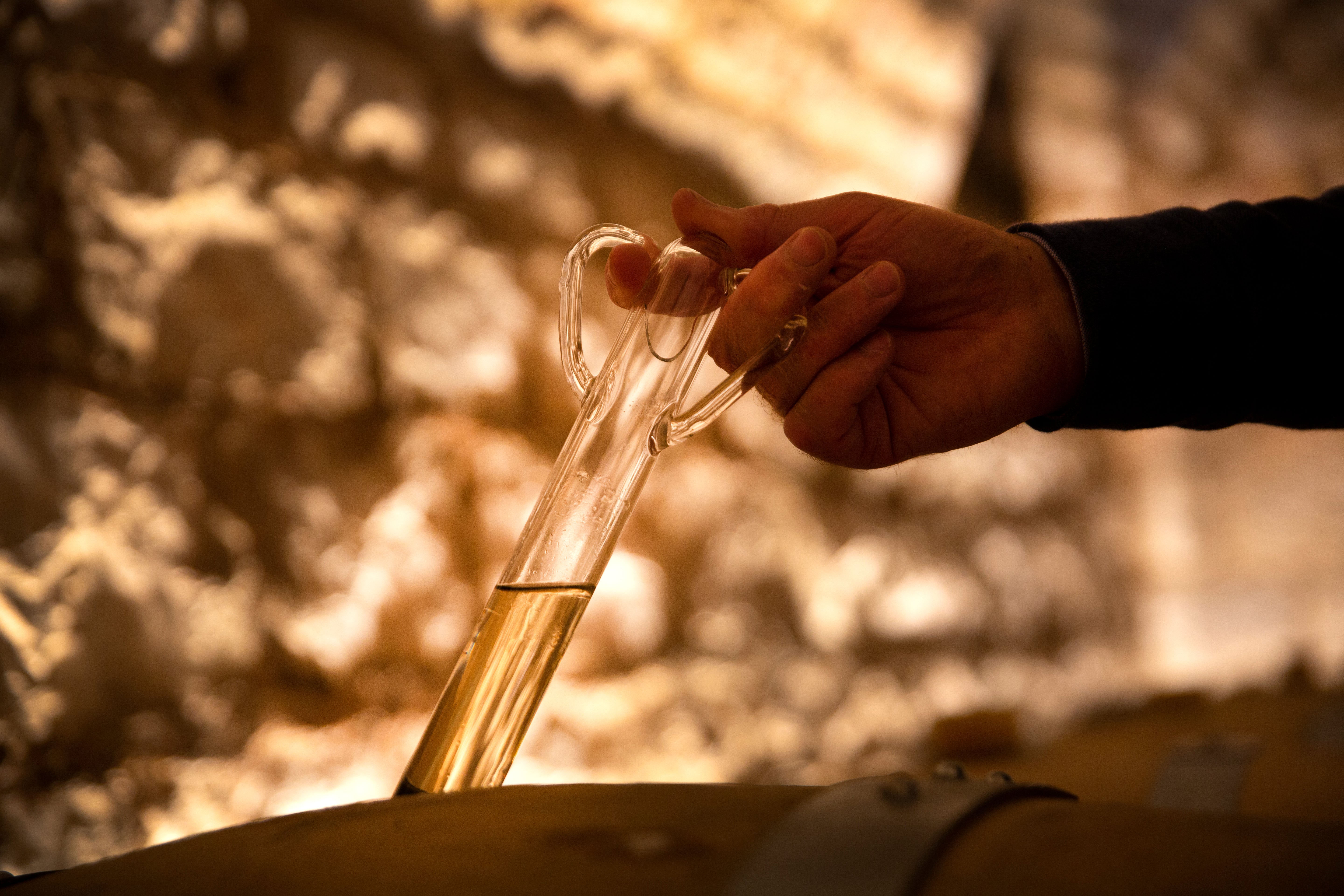
Favorites are Domaine de l’Arlot, Roumier, Dujac, Domaine des Lambrays, Marquis d’Angerville, Caroline Morey, Pierre-Yves ColinMorey, Henri Boillot and Joseph Colin to namea few.
For those who like to compare vintages, one might say it’s a much better and fresher 2018, or it may remind 1999 which was abundant too. In any case, we love the wines! The good news is that prices will remain in the ballpark of 2022. 2023 is definitely a vintage to buy, some may want to pull out the cork early, and besides, many wines will age beautifully.
Estelle Fuselier,
Business Development Director, Altaya Group
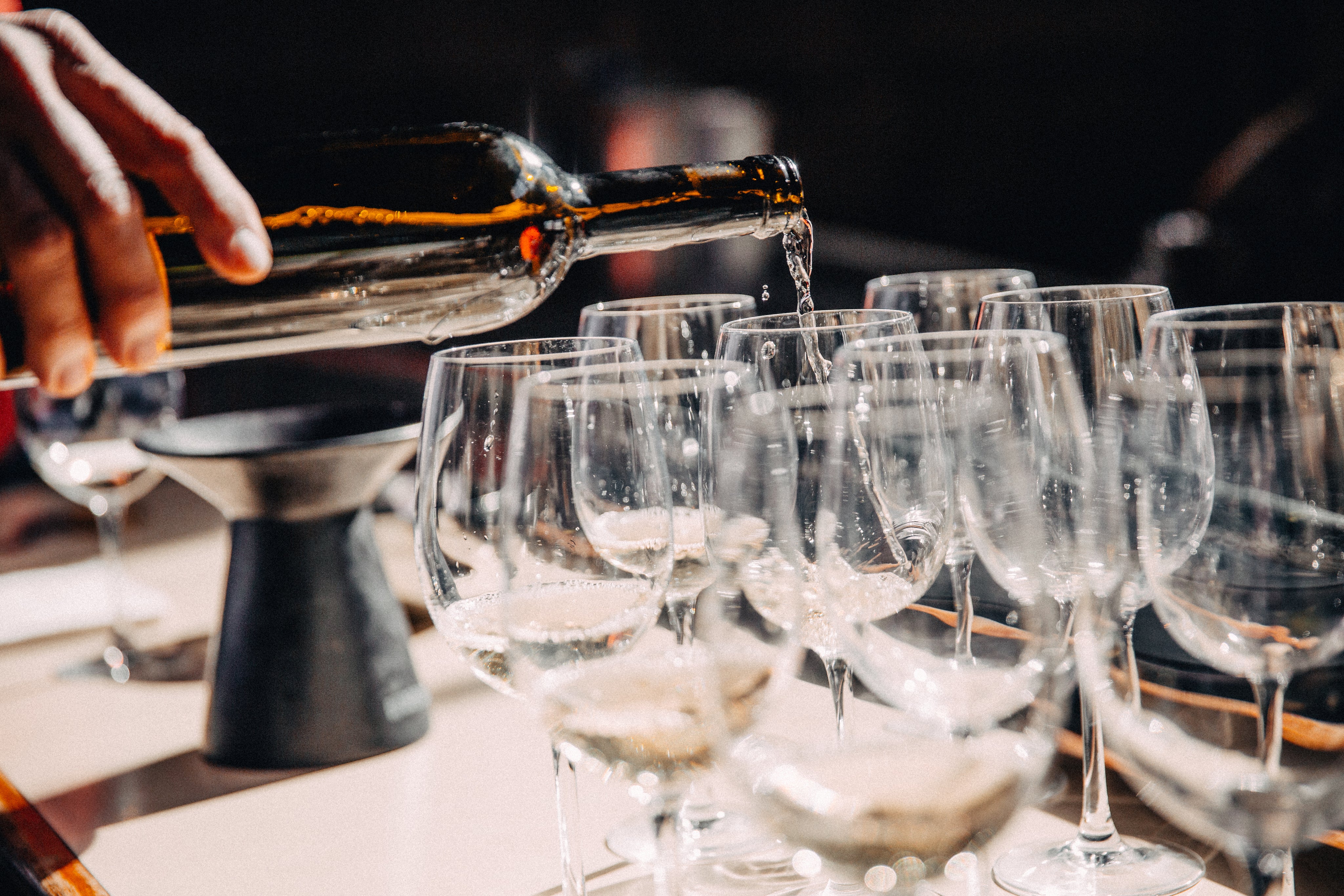
For more details on En-Primeur, please contact our sales team:
Storage


